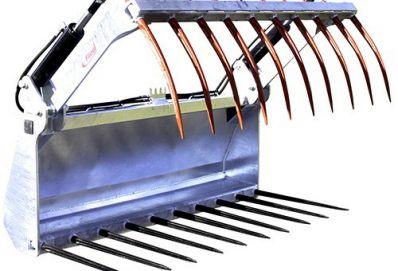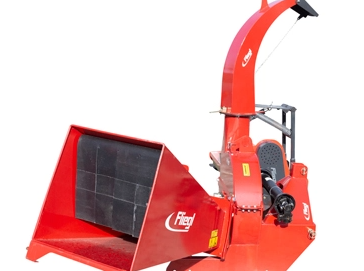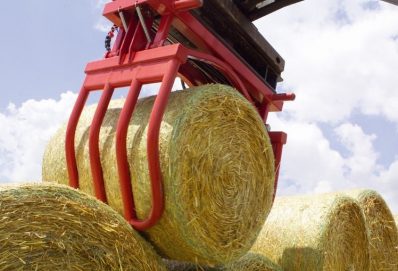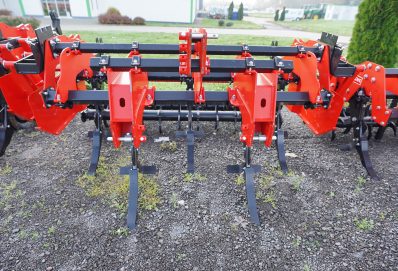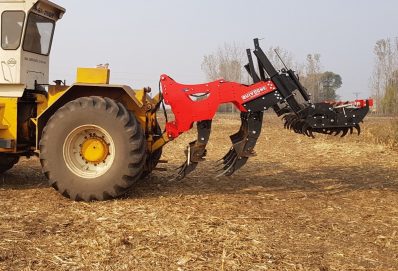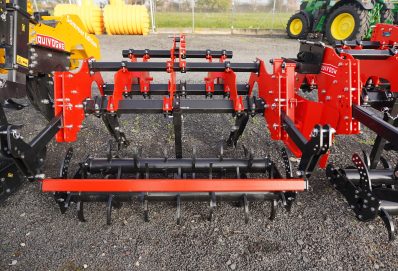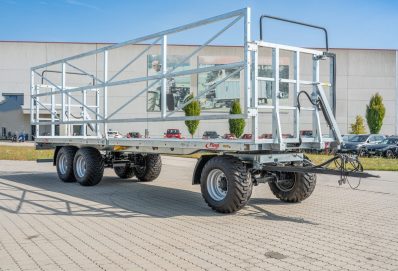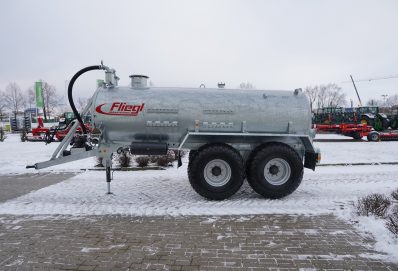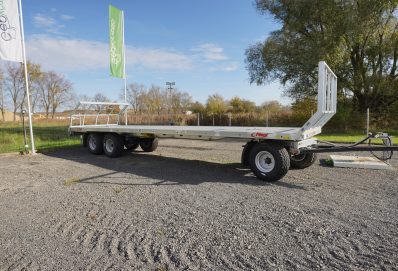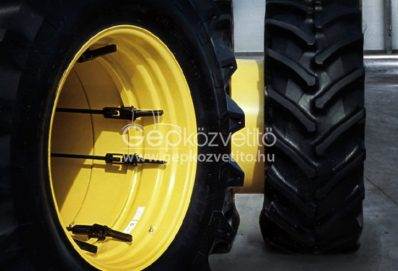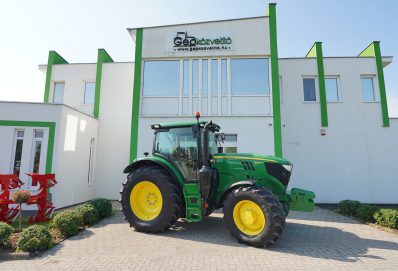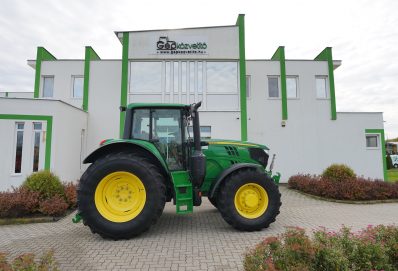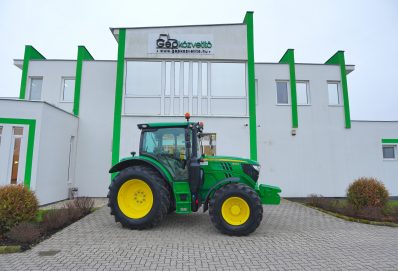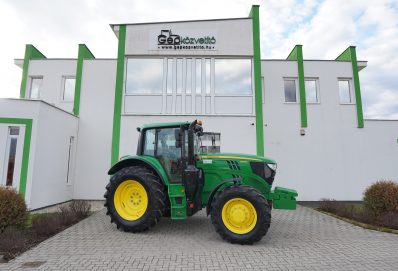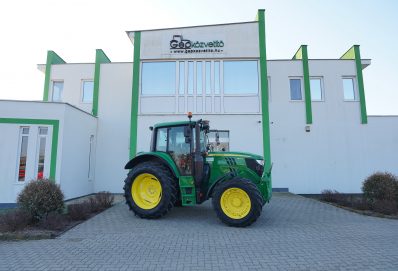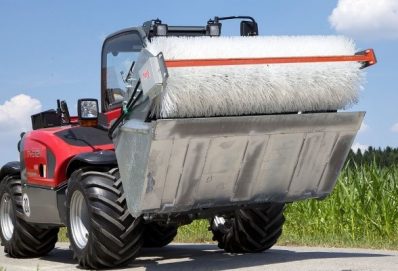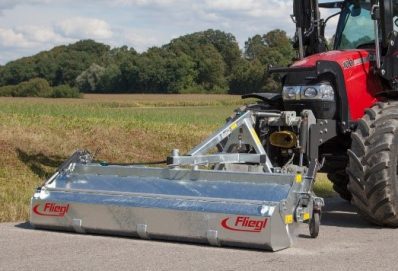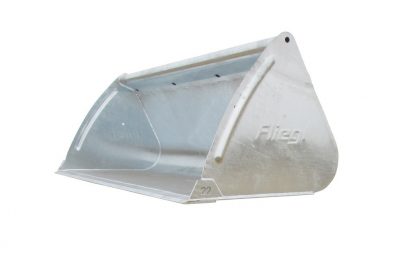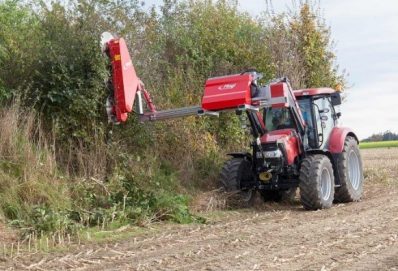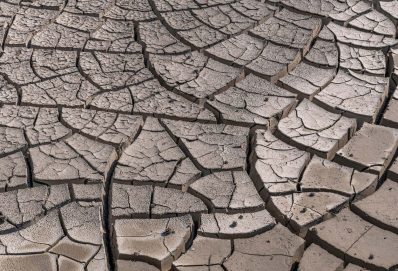Drought: time for agriculture to adapt
2023. April 26.Climate change is having an increasing impact on our environment, on agriculture and therefore on our lives.
It is fundamentally shaping and changing the way we grow horticultural crops, whether in our home gardens or on larger farms.
Winters have been milder for years and dry summers make growing even more difficult.
We have also not yet mentioned the significant temperature fluctuations that also have a major impact on individual species.
It is time for agriculture to adapt to drought and its consequences.
No farming without irrigation
Today we are at the point where anyone who does not irrigate during the summer drought is better off not even starting to sow.
The current cultivation methods need to be adapted, and other methods must be found to ensure that the work is not wasted.
Agriculture also needs to adapt to the changed conditions, with varieties that can produce good yields even in the dry heat.
In the summer, the problem is often not the heat but the drought itself, as the lack of moisture in the atmosphere prevents plants from growing properly.
This is why varieties are constantly being bred that are better adapted to the changing climate, but even this does not solve all the problems.
As the desert air reaches our country more and more often, there will be fewer and fewer peppers, because there is no gene source for them.
Fortunately, there are now some varieties of sweet peppers that are recommended for growing in foil, where there is a greater chance of a healthier crop.
The seasons shift
As the seasons slowly disappear, blend, shift, autumn is quite long, winter is mild, and then at some point comes spring, which doesn’t last long, replaced by a dry summer.
It’s also a big problem that temperatures rise periodically for a few days, after which frosty nights come again.
So if the fruit trees start flowering too early, a cold snap can freeze the flowers completely and we can’t expect any harvest.
As a result, early flowering trees are slowly phased out of production and replaced by later flowering varieties.
But even this does not solve the problem of atmospheric drought in cultivation.
For fruit, we must be equally prepared for successive years of severe drought.
Hot summers cause huge damage and non-freezing areas are beginning to appreciate in value, making warmer places more valuable to farmers because of the altitude.
Mild winter, even more damaging factors
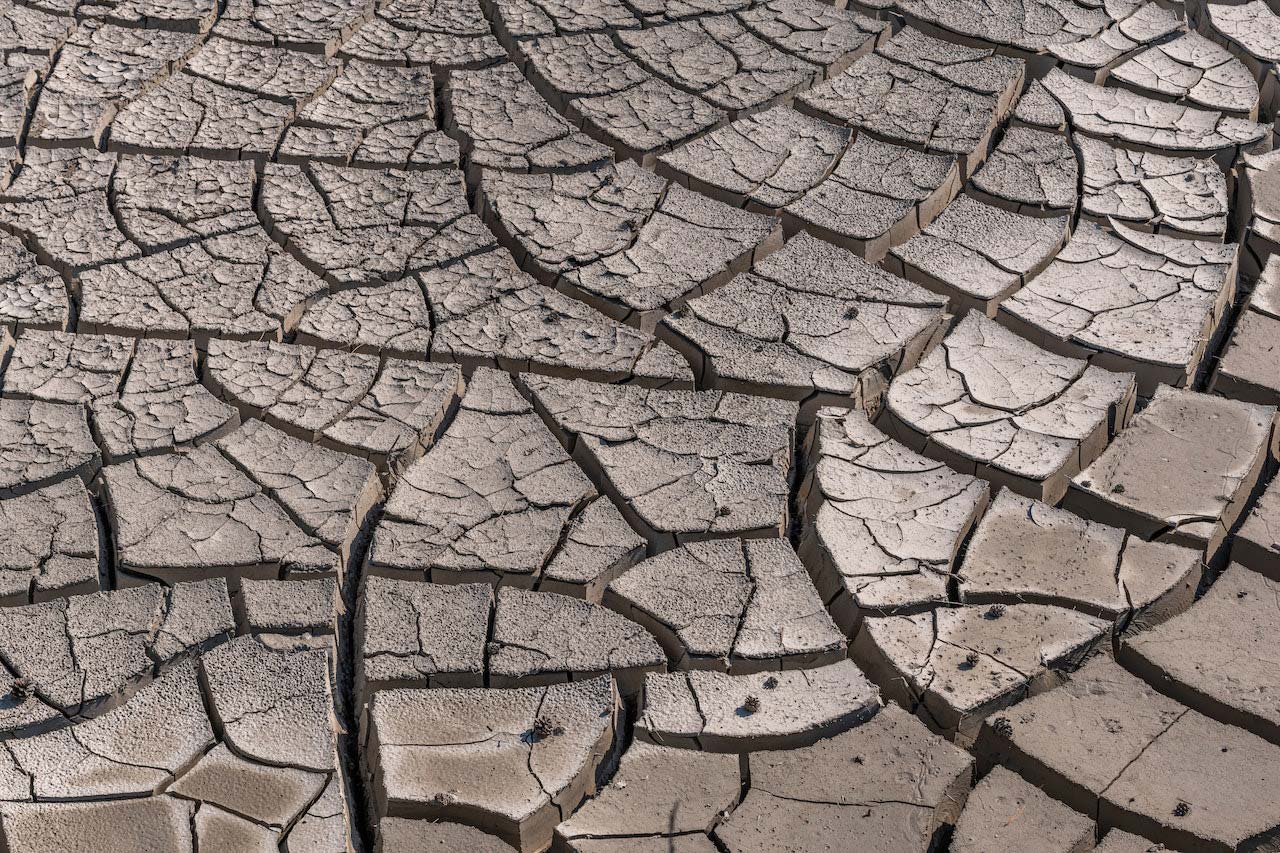 The negative effect of climate change is that the plant does not thrive in its changed environment and its resistance begins to decline.
The negative effect of climate change is that the plant does not thrive in its changed environment and its resistance begins to decline.
Even vegetables and fruits that were previously easy to grow need increased care, irrigation and biostimulants.
These have a good chance of being successful, so these varieties can stay with us, but they will also become more expensive due to rising costs.
Globalisation means more pests, which pesticide developments cannot keep up with.
The American moth, for example, has been introduced and has spread to the point where it is even on plastic geraniums.
Their spread could only be stopped by natural enemies, but this seems impossible for the time being.
For a while they tried to localise the situation, but they are now spreading throughout the country.
Methods of plant protection that work well abroad are already available, but they have not yet been approved in our country and would be very expensive.
The pest can survive mild winters, and in the summer drought it sets out to wreak havoc.
Growing population The drought is also causing increasing problems in feeding a growing population.
As it becomes increasingly difficult to produce sufficient quantities of cereals, vegetables and fruit, it is even more urgent for agriculture to adapt to changing conditions.



